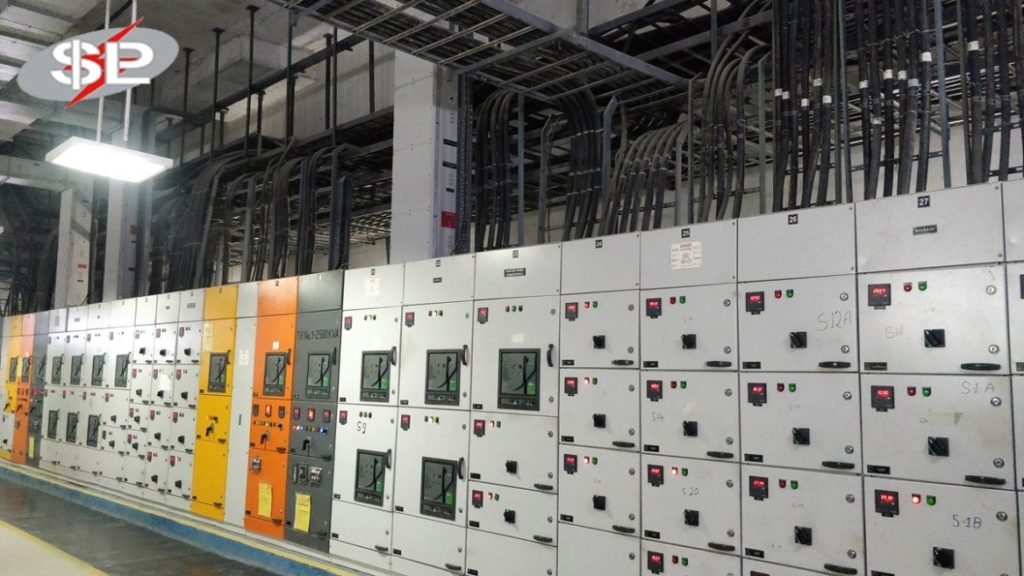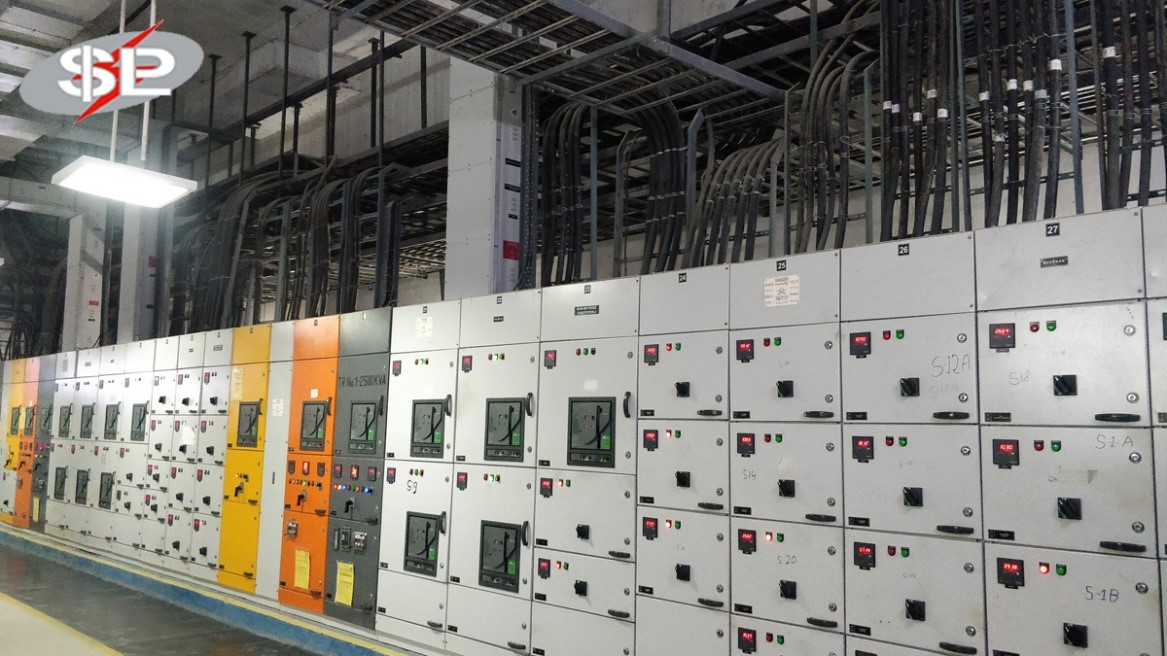It is quite common place to come across the well -organized and clean control panels on many factory floors nowadays. However, it is not uncommon to see the exception too! Instances of poorly designed panels can be an eyesore with wires and parts spread out in a way that is not only ugly looking but
While neatness of a well -designed electrical control panel is what catches the eye first, there are other important aspects too. These are:
- The layout of the Component and its Placement
- Classification / Labeling
- Component Spacing and Panel Sizing
- Wireway Integration

Table of Contents
Layout of the Component and its Placement
The component placement and layout in an electrical c
So, it is prudent to place the components with a maximum voltage rating at the panel’s top section- from both logical and functional perspectives. Starting from there, the power distribution to the lower voltage power components has to adhere to a left-right as well as a top-bottom hierarchy.
Every group of the power distribution components must begin with the main breaker at left for that power level, and it shall be followed by fuses, distribution breakers, and terminals. This keeps every power distribution group functionally sound and consistent.
It also facilitates faster and simpler troubleshooting in alliance with good design package reflecting the same schematics hierarchy. Adequate space should exist between these groups so that future expansion is not a problem.
The PLC or Programmable Logic Controller racks, as well as Input / Output (I/O) terminals, are generally placed beneath the power distribution components. It is deemed to be a good practice. First of all, it’s logical to place PLC and such sensitive electronic equipment below the top power components that tend to run hotter.
A well -designed control panel will have the means to expel additional heat at the enclosure’s top. Besides, the field instrument I/O wiring can be brought in from the panel’s lower part. If the I/O terminals are positioned at the panel’s lower section, landing the field wiring becomes easier.
Classification / Labelling
It is necessary to ensure each component in such a panel is labelled, and the syntax on labels should be comprehensible. The labels should also be visible easily.
For wiring, the labels have to be applied at every end of the wires. For power distribution wiring linking to power distribution terminals, the wires get labelled according to the terminal number. For the other power distribution wiring as well as “general” wiring, the wires are labelled according to the corresponding line number incomplete schematics. As for PLC I/O wiring, every wire has to be labelled in accordance with syntax corresponding with relevant PLC address.
For panel components like power supplies and breakers, such components are usually labelled with a standard abbreviated prefix for ease of identifying the component type.
These are followed by corresponding line number for such component as mentioned in the schematics. Identifying them and troubleshooting becomes simpler if wiring and components get labelled in this method.
Panel Sizing and Component Spacing
When you are looking for a well -designed control panel, you have to ensure that the size of the panel is proper for right placement of the various components. It is essential to have adequate horizontal space for expansion as well as the addition of various components like terminals, power distribution breakers, I/O terminals, PLC racks and so on. The placement should be such that there is no problem with heat dissipation from the power components.
Along with horizontal space, vertical space is also needed for neat wiring into the terminals. This helps in avoiding crowding. Heat dissipation is not a problem with proper horizontal and vertical placing of components. Not only this, there should be abundant spare space left at the bottom of the control panel so that additional field wiring can be coiled and kept there.
Wireway Integrations
The right amount and the right type of wireway are incorporated by the control panel manufacturers in a good control panel design. Both internal panel wiring and I/O wiring should have abundant space to be routed to I/O terminals.
Designing of wireway should be done in such a manner so that termination of internal wiring to internal panel components can be done with ease. It has been said before that abundant space should be provided so that wiring can be brought conveniently to each panel component.
The laying should be done neatly so that the wire labels are legible clearly. Along with this, there should be proper sizing of the wireway so that wiring additions can be done in the future when there is a need for adding components to the panel.
Following these simple guidelines for providing an organized and good -looking panel. Not only this, the panel will be highly versatile. However, finding the right electrical contractors is also important in this regard. Companies like Singh Isotech Pvt. Ltd. can be relied upon for versatile, functional electrical panels.
Singh Isotech, the most trusted electrical consulting engineers, having a PAN India service presence, and the preferred channel partners for giants, like Eaton and Larsen & Toubro (L&T). Also, Singh Isotech specializes in manufacturing advanced electrical control panels for commercial purposes and provides 10 years proficient service warranty on their panels.

Alex is fascinated with “understanding” people. It’s actually what drives everything he does. He believes in a thoughtful exploration of how you shape your thoughts, experience of the world.


